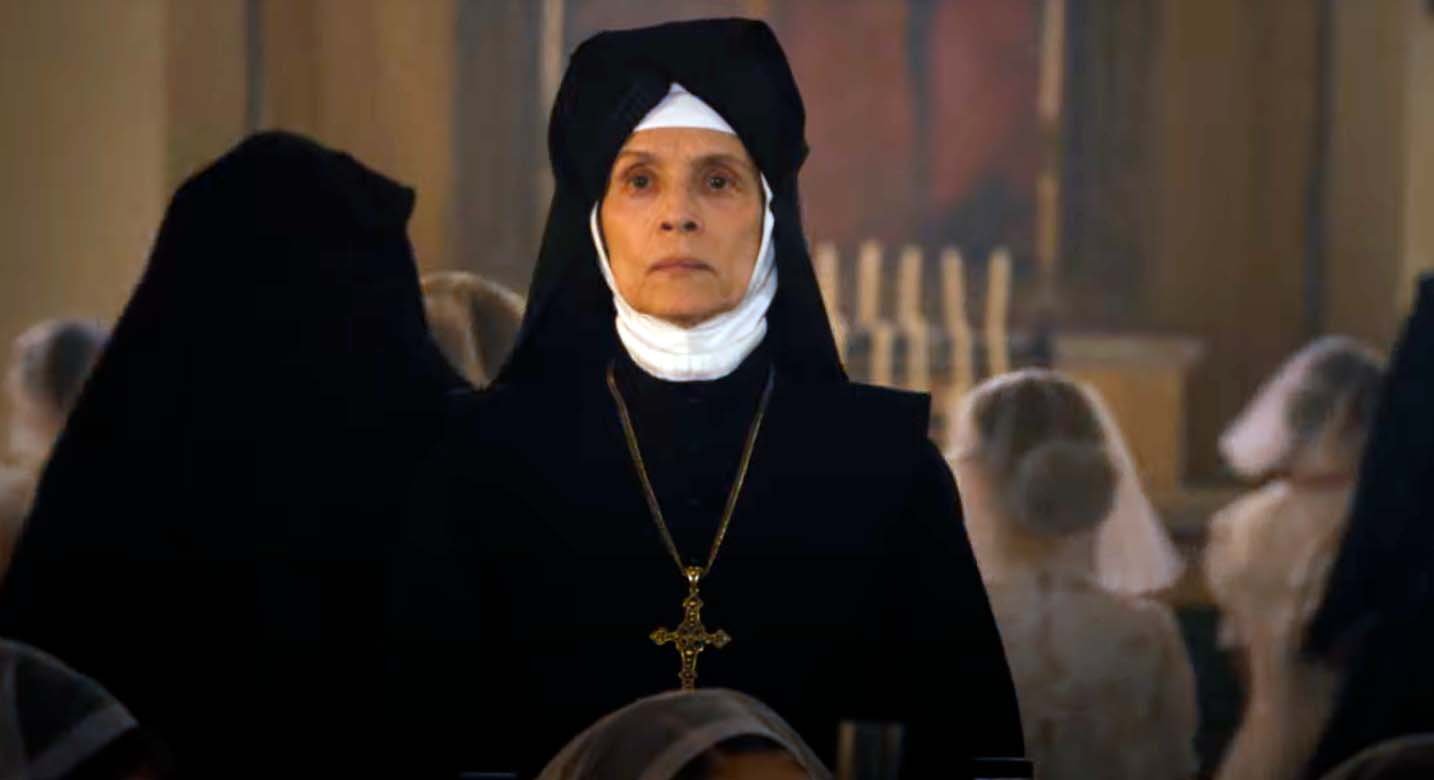
Evil still lives in The First Omen
by Kathia Woods
Forty-eight years ago, Director Richard Donner brought us the Anti-Christ, which has left many of us frightened to this day via “The Omen”. Arkasha Stevenson's film, The First Omen, serves as both a prequel and a potential reboot, bringing back Richard Donner's demonic character. From the shores of America, Sister Margaret (Nell Tiger Free), a young Novitiate, has been selected to embark on a significant journey to Rome, where she will profess her vows.
Margaret receives assignments to an orphanage and a women's hospital in preparation for her final ceremony. She shares an apartment with Luz, another novitiate who is determined to experience everything she is about to give up. As Margaret familiarizes herself with the orphanage, she finds herself intrigued by Carlita, an older and quiet orphan who frequently resides in the Bad Room, a designated area for troubled children. Margaret, a former troubled child herself, wants to connect with Carlita, but Sister Silva (Sônia Braga),the Abbess, disapproves, saying Margaret should focus on why she's in Rome. Meanwhile, Father Brennen (Ralph Ineson ) is tasked with finding a specific child at the orphanage who is being groomed to be the mother of the Antichrist. Approaching Margaret with this mission is challenging, as she doesn't believe in Satan. Her unstable past also makes believing in demons even more difficult.
The First Omen successfully captures the 1970s satanic panic and nunsploitation genres. The film's meticulous attention to detail, from costumes and cars to music and cinematography, creates an immersive atmosphere that feels authentic to the era. Nell Tiger Free plays Margaret, a naive and skittish young woman whose past pales in comparison to the horrors she's about to face. Sônia Braga stars as Sister Silvia, a nun who embodies our deepest fears with good reason. Ralph Ineson replaces Patrick Troughton as Father Brennen, bringing a sense of sad desperation to the role that was missing in the original. Unlike some films in the genre, The First Omen avoids campy humor and cheap laughs, opting instead for a more serious and unsettling tone. This tone is what keeps viewers on edge throughout the first half of the film. One knows secrets are being harbored and that young nun is about to step into a web of evil, but where and from whom it may come makes this film so alluring.
In this work, Stevenson acknowledges that the audience is likely familiar with "The Omen," which means he feels no urgency to rush or over-explain the plot. Instead, he delves into a comprehensive explanation of the Church's apparent obsession with sacrifice and damnation, presenting a theory that captivates the viewer. "The First Omen" notably deviates from the canon of "The Omen," a divergence that is likely to spark interesting, and potentially contentious, discussions. "The First Omen" stands as a unique entry in the recent horror genre. It pays homage to the original "Omen" while presenting a balance of graphic imagery that lingers in the viewer's mind. This approach encourages the audience to delve into their imaginations, pondering the most dire consequences beyond the explicit depictions on screen. The story's young protagonist, whose very existence is under threat, supports this approach. Just when viewers think they have the plot figured out, another twist adds to the already terrifying narrative.
Stevenson recognizes that despite society's shift away from traditional religion, the idea of evil possessing humans still carries an inherent fear. The idea that the most innocent among us could potentially be the most harmful is what made the original film so unsettling, and it is the same concept that makes this one similarly unsettling. After forty years, there is perhaps no figure more terrifying than a Mother Superior who harbors secrets in the name of faith.
The First Omen is in theaters everywhere.


